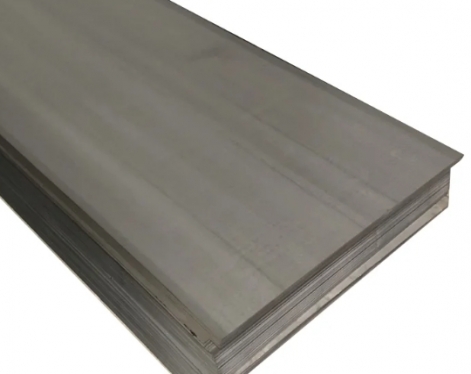1. The characteristics of round pipe and square (rectangular) steel pipe structural members:
Both round pipes (seamless pipes and welded tubes) and square (rectangular) cross-sections have the characteristics of biaxial symmetry, section centroid and shear center coincidence. The circular tube and square tube section have the same section moment of inertia for each axis, which has outstanding advantages as a bending and compression member.
The section is closed, the torsional rigidity is large, and the plate is locally stable. Especially round tube sections are particularly effective against torsion. The appearance is simple and smooth, and the rods can be directly welded at the same point without the gusset plate to save steel.
Compared with open sections, round tubes and square (rectangular) sections have the characteristics of smooth surface, no dead angle, and small external area, which is conducive to saving anti-corrosion and fire-resistant coatings, and is also convenient for dust removal.
The inner space of the steel tube structure is available. Filling the steel pipe with concrete (concrete-filled steel pipe structure) can not only improve the bearing capacity of the component, but also extend the fire resistance limit of the component.

2. Performance advantages of steel pipe structural members
The superiority of the steel pipe structure over other structures can be seen from the cross-sectional characteristics and mechanical properties of the components. Common steel structure member cross-sections are: H-beam, I-beam, square steel pipe, round steel pipe. The moment of inertia, radius of gyration, and section flexural modulus of the two main axes of the open section (H-beam and I-beam) are quite different, which is more favorable for unidirectional bending in the plane of the main axis. However, it is not suitable to be used as an axial compression member or oblique bending (two-way bending) member alone. The moment of inertia, radius of gyration, and section flexural modulus of the steel pipe section in the direction of the two main axes are the same, and the stability of a single bar is better.
The wind resistance shape coefficient of square steel pipe and round steel pipe is smaller than that of open steel member, which is suitable for being exposed to outdoors and fluids. The properties of square (rectangular) steel pipes and round steel pipes are also slightly different. In terms of mechanical properties, the bending resistance of square steel pipes is better than that of round steel pipes, and the torsional performance is slightly inferior to that of round steel pipes. However, the surface of the square (rectangular) cross-section member is smooth, and the intersecting lines at the nodes are straight lines, which is more convenient for fabrication and installation.
Both round pipes (seamless pipes and welded tubes) and square (rectangular) cross-sections have the characteristics of biaxial symmetry, section centroid and shear center coincidence. The circular tube and square tube section have the same section moment of inertia for each axis, which has outstanding advantages as a bending and compression member.
The section is closed, the torsional rigidity is large, and the plate is locally stable. Especially round tube sections are particularly effective against torsion. The appearance is simple and smooth, and the rods can be directly welded at the same point without the gusset plate to save steel.
Compared with open sections, round tubes and square (rectangular) sections have the characteristics of smooth surface, no dead angle, and small external area, which is conducive to saving anti-corrosion and fire-resistant coatings, and is also convenient for dust removal.
The inner space of the steel tube structure is available. Filling the steel pipe with concrete (concrete-filled steel pipe structure) can not only improve the bearing capacity of the component, but also extend the fire resistance limit of the component.

2. Performance advantages of steel pipe structural members
The superiority of the steel pipe structure over other structures can be seen from the cross-sectional characteristics and mechanical properties of the components. Common steel structure member cross-sections are: H-beam, I-beam, square steel pipe, round steel pipe. The moment of inertia, radius of gyration, and section flexural modulus of the two main axes of the open section (H-beam and I-beam) are quite different, which is more favorable for unidirectional bending in the plane of the main axis. However, it is not suitable to be used as an axial compression member or oblique bending (two-way bending) member alone. The moment of inertia, radius of gyration, and section flexural modulus of the steel pipe section in the direction of the two main axes are the same, and the stability of a single bar is better.
The wind resistance shape coefficient of square steel pipe and round steel pipe is smaller than that of open steel member, which is suitable for being exposed to outdoors and fluids. The properties of square (rectangular) steel pipes and round steel pipes are also slightly different. In terms of mechanical properties, the bending resistance of square steel pipes is better than that of round steel pipes, and the torsional performance is slightly inferior to that of round steel pipes. However, the surface of the square (rectangular) cross-section member is smooth, and the intersecting lines at the nodes are straight lines, which is more convenient for fabrication and installation.









